Bluetooth SIG interview: Auracast is the next big thing
At CES 2023, we talked with Chuck Sabin, the Senior Director of Market Development at the Bluetooth SIG. We discussed the topics of Bluetooth LE, Auracast, and the LC3 codec.
Mr. Sabin also shared his insights into lossless codecs and much more. You can read an overview of the interview below or check out the whole thing in the video above.
Read next: What is Bluetooth and how does it work?
Q: What do you think we’ll see in terms of features when transitioning from classic Bluetooth to Bluetooth LE?
Robert Triggs / Android Authority
A: It’s interesting that you’ve asked this question because we’ve had this conversation about being able to make any device a connected device thanks to Bluetooth LE. As a matter of fact, 95% of all Bluetooth-enabled devices today are actually shipping with Bluetooth LE.
Specifically with audio, we’re transitioning the applications for Bluetooth into a new architecture for LE audio, and that’s one of the new applications for the technology that’s coming into a number of device types.
Q: Can you tell us a bit more about Auracast?
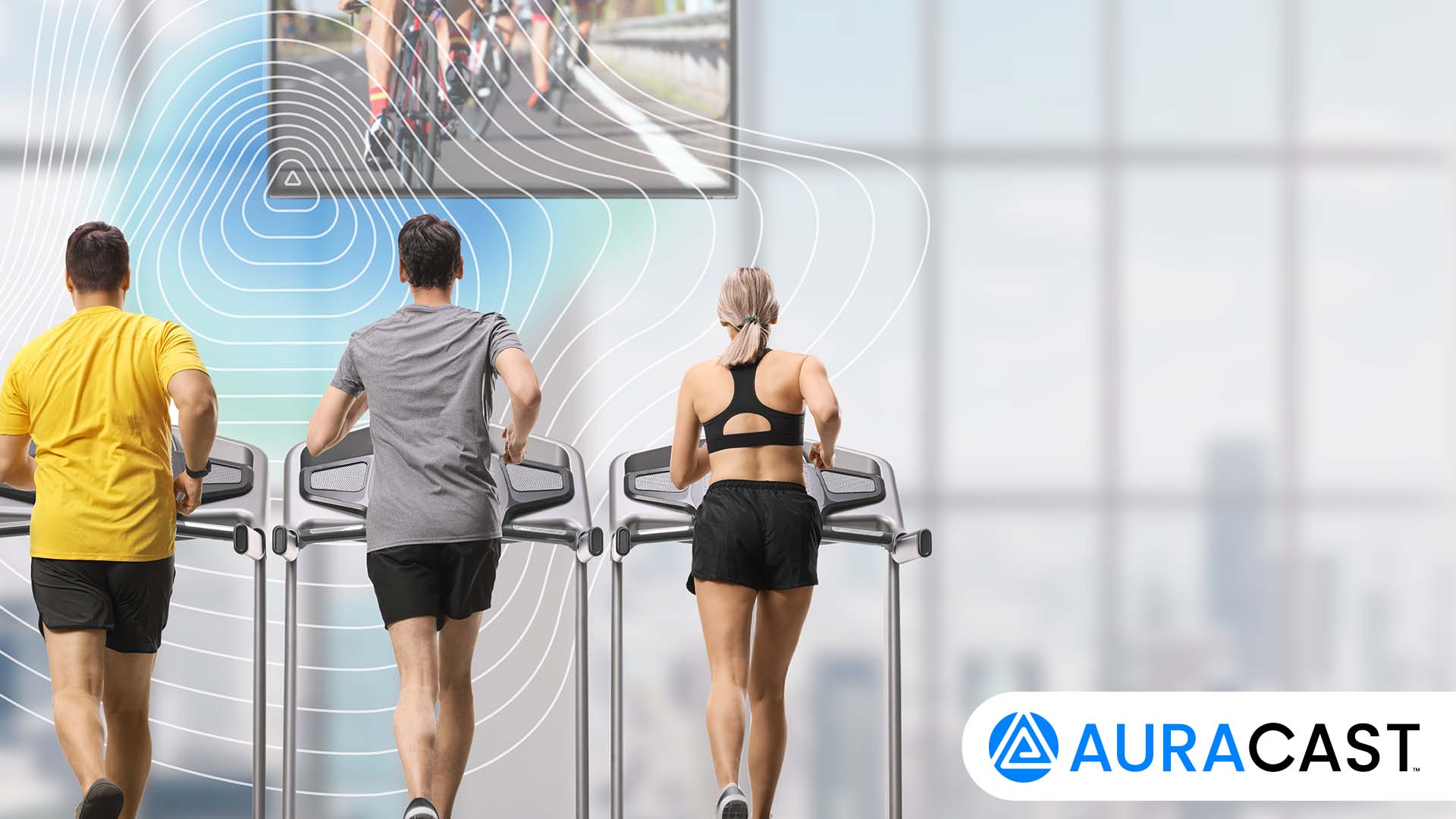
A: Auracast is new for Bluetooth and is part of the LE architecture. It’s a set of new capabilities that will ultimately allow and enable people to be able to hear better by enabling new audio experiences in public spaces.
So Auracast is a broadcast capability. It’s not a paired relationship — it’s a one-to-many relationship. So any device that has an audio experience associated with it can broadcast its audio, which can then be picked up by any number of devices that are in the area.
Q: Can you explain what will some typical use cases for that be?
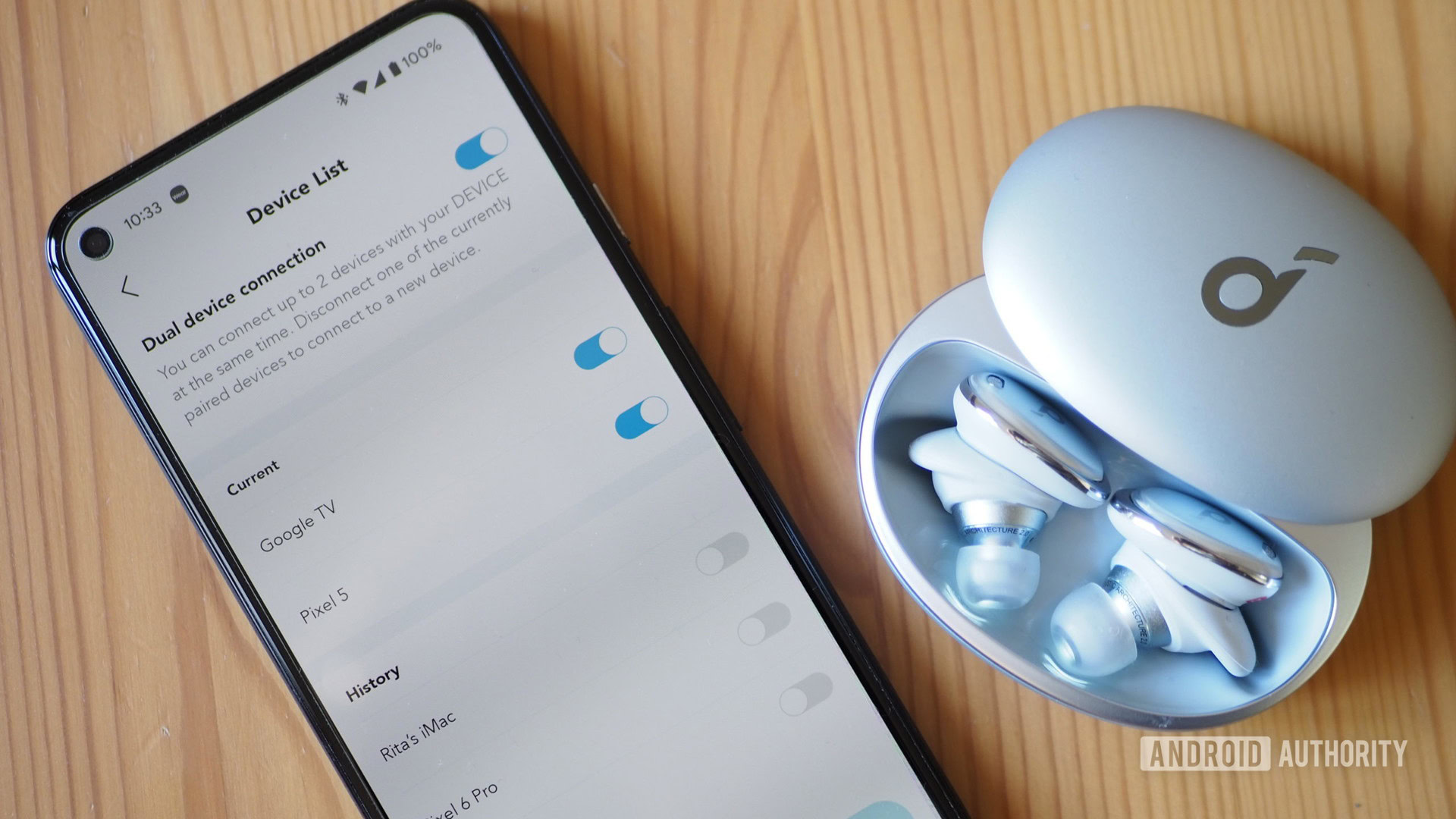
Rita El Khoury / Android Authority
A: There are three areas we classify as Auracast experiences. The first one is “share your audio,” which allows me to share my audio with you or all the people around me. For example, I can share a movie I’m watching so the people around me are able to listen to it.
The other area is what we call “unmute the world.” When you walk into places like CES, a restaurant, a bar, or a waiting room at the doctor, there’s usually a television screen there with the sound turned off. So you get the visual experience but not the audio experience. What Auracast allows you to do is to broadcast the audio to your device in these cases. So rather than the entire room hearing the audio, you can choose whether or not you want to hear it.
In a gym that has multiple TVs, you’ll have the option of tuning into the one you want.
Think of a gym that has multiple TVs and you have the option of tuning into one of them. Or if you’re at a sports bar, you can listen to a specific game if there are multiple ones available on different TVs.
The third area revolves around the concept of “hearing your best.” This would be applied in places where sound noise keeps you from hearing what you want. For example, there are multiple gate announcements at the airport, and you only want to hear yours. The technology could help you choose a specific announcement you care about and that you’d then hear in your headset.
Q: Can you explain which applications would benefit from the lower latency offered by the LC3 codec?
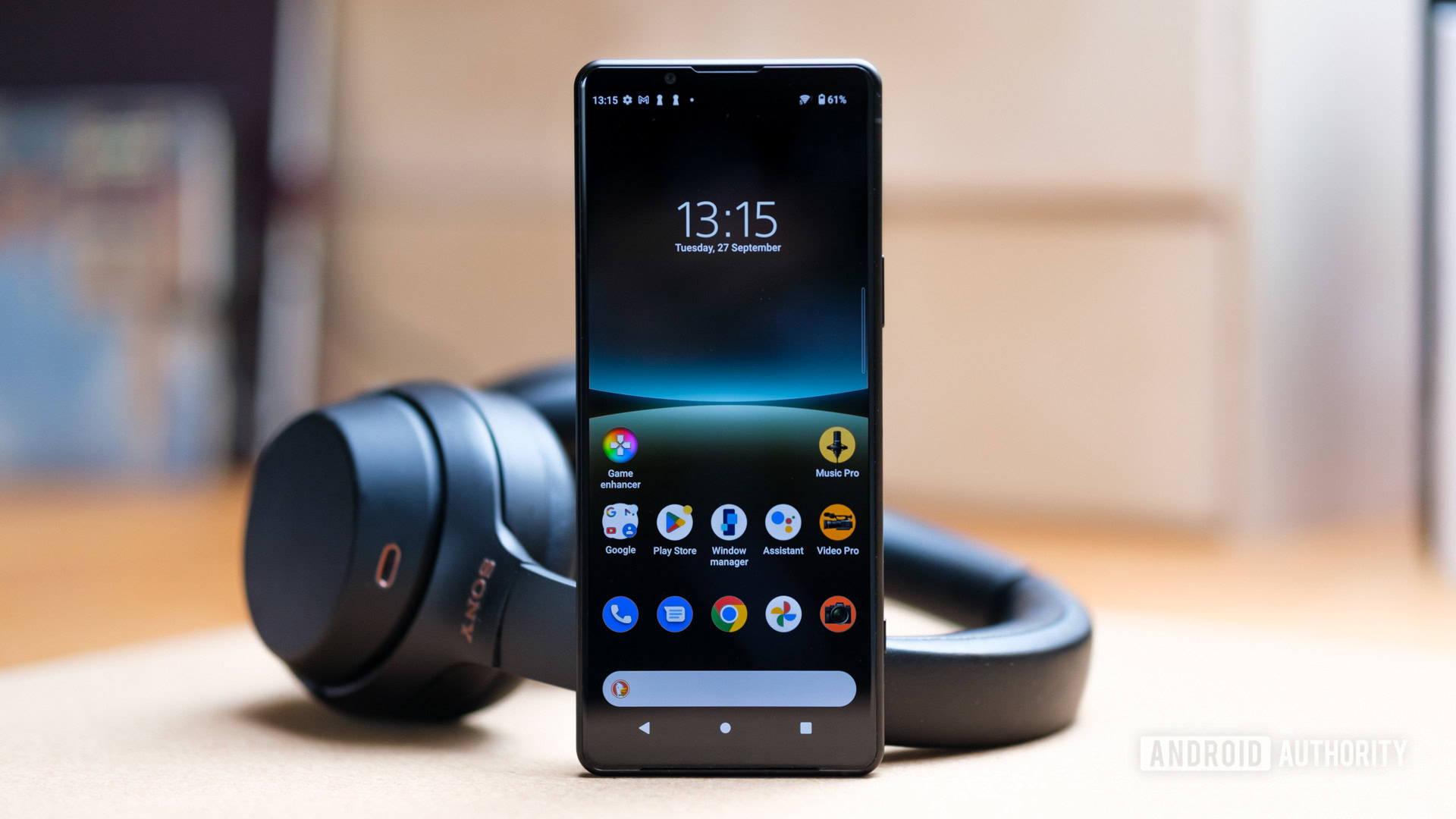
Robert Triggs / Android Authority
A: The LC3 codec is the new codec for LE audio. It’s the new standard codec for LE audio. So it ultimately provides better quality audio at lower power with lower latency. And since it is the new standard, all devices will ultimately benefit from it.
Read next: Bluetooth codecs 101
So essentially, LC3 is taking over for SBC and will provide a much better audio quality and lower latency for all applications, including casual gaming applications.
Q: Can you give us a few examples of innovative features that can be enabled by LE audio devices?
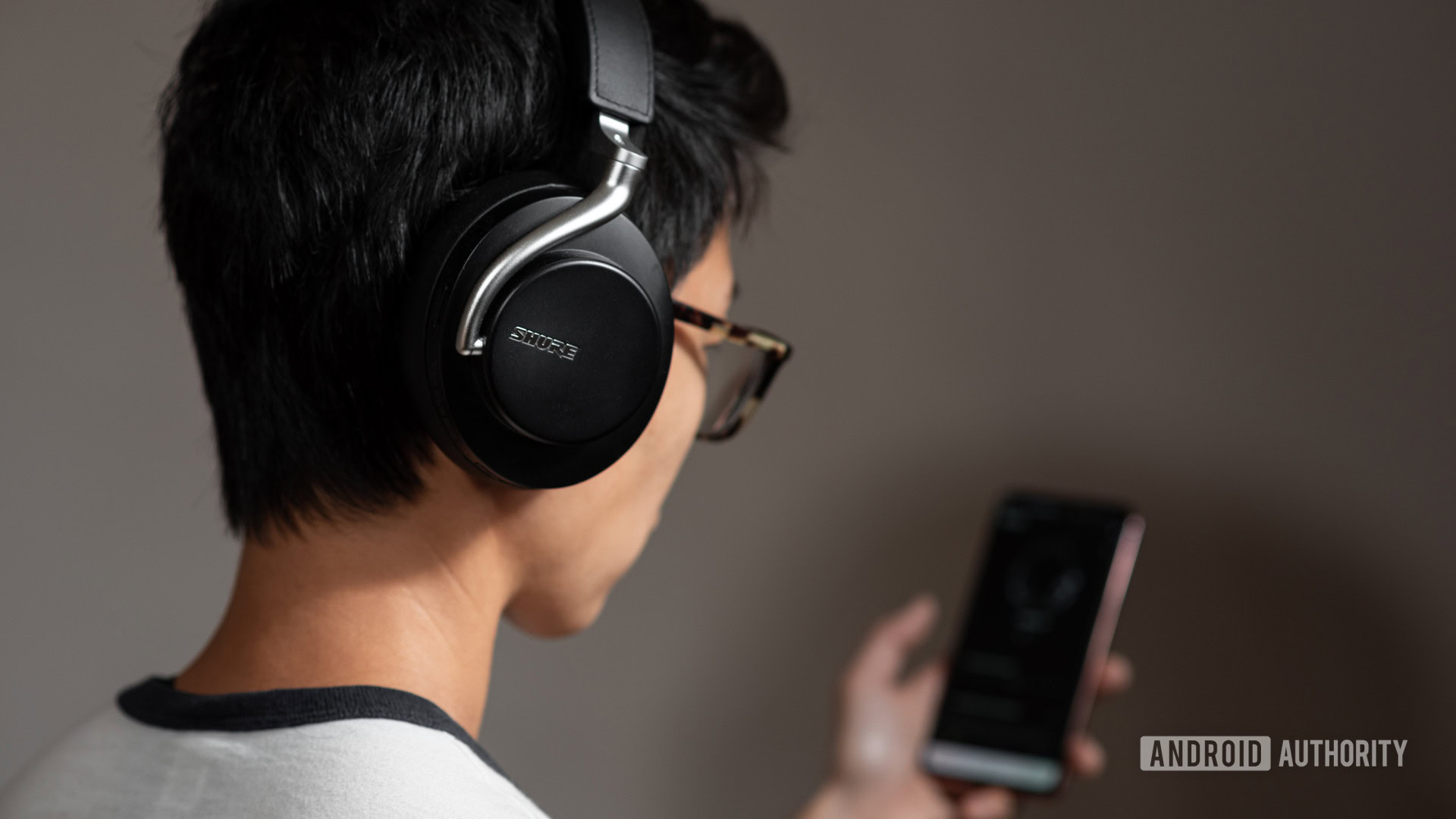
Lily Katz / Android Authority
A: We’ve already mentioned the biggest one, which is Auracast — the broadcast audio capability. But the other big thing that comes with Bluetooth LE as an architecture is multi-channel. What that means is to have the ability and flexibility to manage multiple audio channels, whether it’s surround sound or multi-speakers. It could also be used for better management of voice control.
So when you have multiple channels coming to a device, you can manage one for listening and another one for voice controls, for example.
We still have to see how this is going to be utilized, but the fact that it’s there and the fact that you have that ability to slice up your audio is going to provide all kinds of applications in areas like multiple languages or additional augmented audio experiences that you want.
Q: Is there any chance we’ll see a lossless codec for Bluetooth?
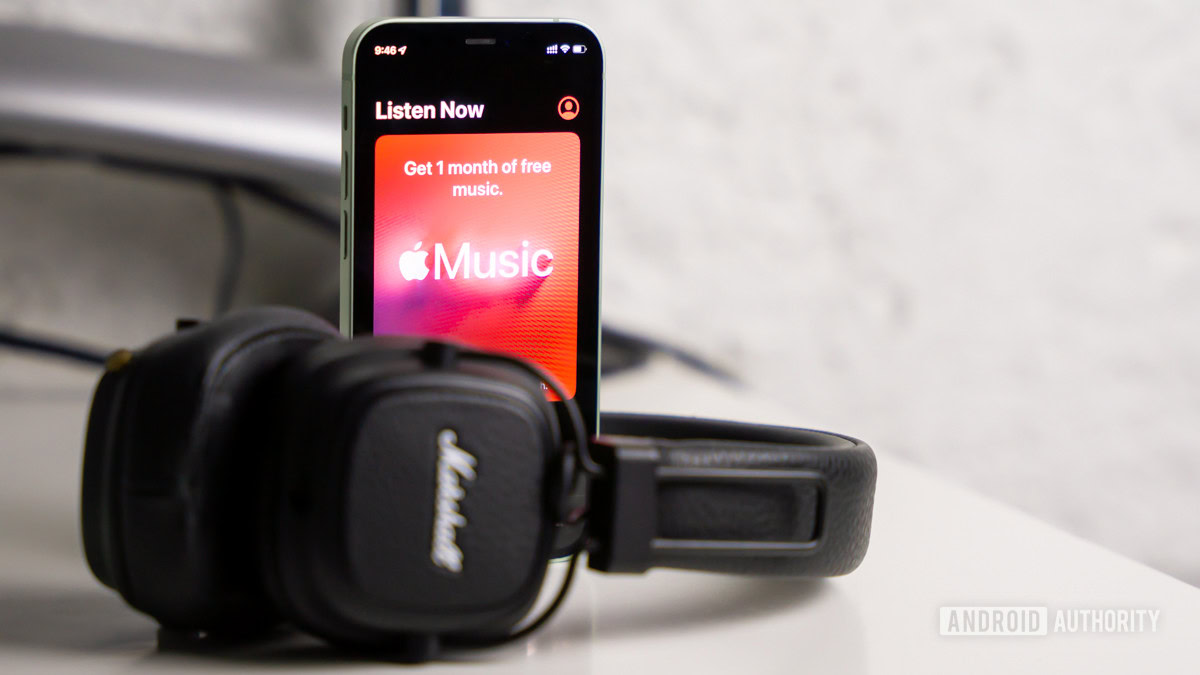
Edgar Cervantes / Android Authority
A: We have been discussing this a lot, although I can’t go into the specifics of the conversations we had. We did talk about whether or not lossless capabilities are needed since the architecture itself allows for custom codecs.
There is nothing to stop manufacturers from building in a custom lossless Bluetooth codec if they so wish.
This means that there is nothing that stops manufacturers from building in a custom lossless codec if they so wish to for any type of application, whether it’s for professional gaming or anything else.
This is just a quick overview of the conversation we had with Chuck Sabin from Bluetooth SIG. If you want to learn more, check out the video at the top of the page.
For all the latest Technology News Click Here
For the latest news and updates, follow us on Google News.
